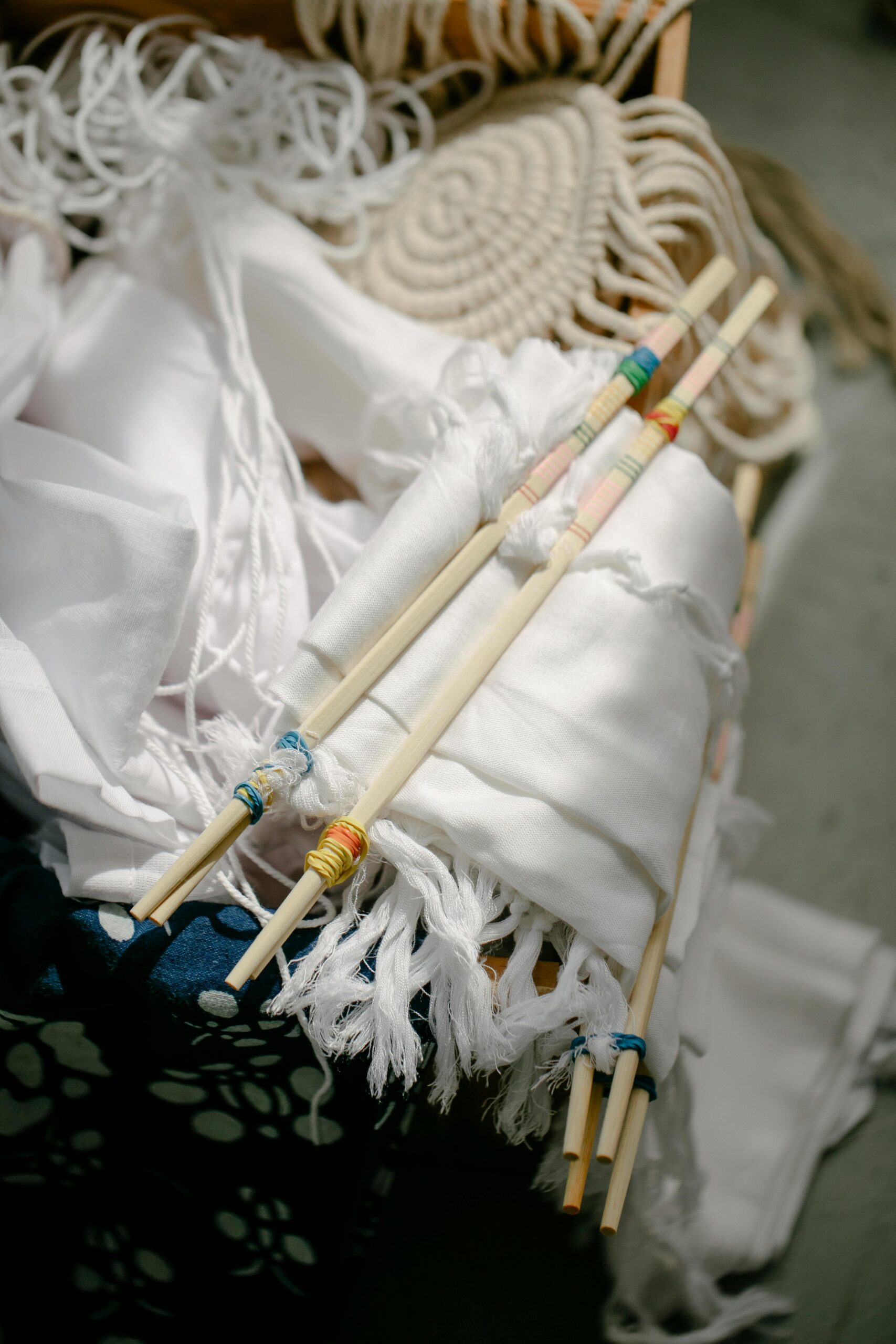Behind the seam The Imaginative journey of Fashion Design: Fashion design goes beyond the fabric we wear — it is an expression of identity, imagination, and invention sewn together into wearable art. Fundamentally, fashion design is a holistic creative process that reconciles cultural expression with pragmatic prosecution. It is a developing story, one which begins with a glimmer of relief and ends with someone walking along a road, runway, or aisle, communicating a story without uttering a word. Further Than Clothes: The Soul of Fashion Design most individuals perceive fashion as the final product: the dress in the store window, the coat on the catwalk, or the style showcased in a glossy magazine. But behind each piece of clothing lies a rich, layered process driven by creativity, curiosity, and culture. Contrivers are not just creators of clothes; They are fibbers, storytellers, scientists, and dreamers. In fashion design, the departure point may not always be a sketch it may be a snap, a texture, a political movement, or even a specific memory. The designer seeds these seeds of relief and teases them out using mood boards, colorways, and fabric placement. Every aspect — be it the breeze of a sleeve or the construction of a figure — is a manifestation of a larger message. The Innovative Phases From Concept to Reality allow us to dissect the essential phases of fashion design in order to get to the depths of it.
Thank you for reading this post, don't forget to subscribe!Alleviation and discovery:
This is the phase of soul searching. Conspirators delve into art, architecture, the outdoors, mores, history, or emotion. They don’t follow trends — they question them, read into them, and extend them. Whether the rebellious academicism of punk or the understated elegance of minimalism, every collection begins with a voice of narrative.
Concept Development:
With relief amassed, the developer starts to form the conception. What is the story going to be of this collection? Who is the wear and tear going to be? What mood will be transferred by the garments? These are fundamental creative questions. This phase involves visual brainstorming with mood boards, tapestry tapes, and color tests.
Illustration and Sketching:
Imaginative form collides. Hand-drawn or digital original sketches are executed. Fashion illustration is not simply about presenting clothes it captures station, posture, and movement. One line can speak fineness; a dramatic rent can shout rebellion.
Pattern making and Technical Design:
Sense now meets creativity. Contrivers work with pattern makers or prepare it themselves to convert two-dimensional drawings into flat patterns, which will eventually produce 3D clothing. This process demands delicate perfection, specialized knowledge of body shape, and profound knowledge of clothing making.
Fabric selection and prototyping:
Fabric can destroy or make a garment. Fabric adds texture, flow, weight, and life to the idea. Once the ideal accouterments have been found, prototypes or “toils” are made — often of muslin — to try out shape, fit, and structure before the final fabric is cut.
Garment Construction:
This is where the idea finally gets physical form. Knitters and teamsters make it happen, often through hours of meticulous stitching, fitting, and reworking. Whether couture or ready- to- wear and tear, artificer is central to this stage.
Final donation:
Whether in fashion show, a book, or electronic campaign, here is where the developer’s tale intersects with the world. The styling, the lighting, the shoot, and indeed the walk of the model all come equipment to convey the character of the collection. Why Fashion Design Is a Language: Fashion designers communicate in drape, detail, and color. A well-cut garment says commodity about the wearer — and about the world in which it was made. The 1980s’ sharp shoulders weren’t simply style statements; they were power statements. The beginning of sustainable fashion isn’t simply a trend; It is a call for ethical transformation. Fashion design reacts to its moment yet also creates it. That is what makes it a living art. The developer’s Dilemma Art vs. Function Every developer is challenged between creativity and pragmatism. How far can a shape be stretched before it is no longer wearable? Can inventions be sold? Fashion design exists in that Argentine place of dream and delivery, where imagination must ultimately accommodate the client’s needs and life. But it is in that equilibrium — between what is functional and what is suggestive — that the most initiative designs are created. Being Part of the Process Fashion Is unique Even if you have never sketched out a dress or hemmed a pant leg, you are still a participant in the fashion design narrative. Each time you decide how to dress, you are creating an identity, communicating mood, and revealing values whether intentionally or unintentionally. The next time you put on a jacket, ask yourself: Who created this? What inspired it? What journey got it there? Fashion design isn’t about luxury or status; It is about connection. To tone. To society. To the hands that craft your clothes. And to the art that remains long after the season is gone. Fashion is all, in the end.


